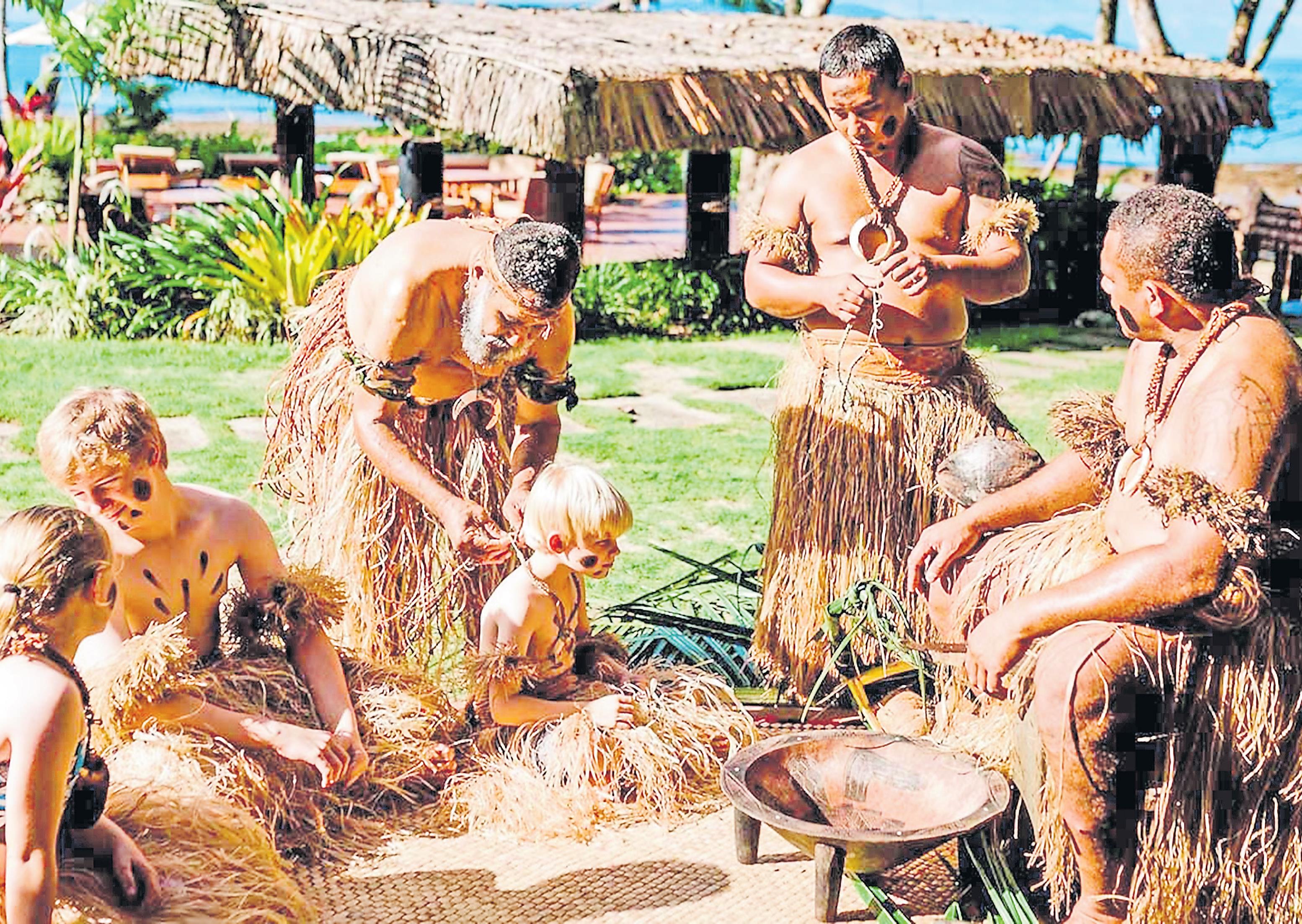FIJI is a multi-cultural archipelago where people of various cultures live harmoniously as it has been rated the happiest country of the world by the survey.
Tourism may be down due to COVID-19, but one has to make pro-active policies to retain the new normal when the situation rectifies.
Diversification of tourism will boost the economic base of incomes where cultural tourism can play a pivotal role.
This article concentrates on the meaning and implication of cultural tourism. This is an abridged version of my recent presentation at a Business Forum at the Nadi Chamber of Commerce and Industry.
Cultural tourism
An early definition of cultural tourism “is that form of tourism whose object is among other aims, the discovery of monuments and sites. It exerts on these leaves a positive effect insofar as it contributes – to satisfy its own ends – to their maintenance and protection.
This form of tourism justifies in fact the efforts which said maintenance and protection demand of the human community because of the socio-cultural and economic benefits which they bestow on all the populations concerned.” (1976 ICOMOS Charter on Cultural Tourism).
The technical definition of Cultural tourism stated that “all movements of persons to specific cultural attractions such as heritage sites, artistic and cultural manifestations, arts and drama outside their normal place of residence” (ATLAS, 2009).
In the recent past, cultural tourism concentrates on heritage assets rather than sunshine and resorts.
There is no comprehensive definition. Under cultural tourism visitors have a common desire to experience an “authentic” cultural landscape interest in other cultures, (Adams, 2008). At the same time, the theoretical definition stated the movement of persons to cultural attractions away from their normal place of residence, with the intention to gather new information and experiences to satisfy their cultural needs” (Csapó, 2012).
Types of cultural tourism
There are different types of cultural tourism that we need to understand before making policies.
Csapó (2012) has classified cultural tourism in heritage tourism that consist of natural and cultural heritage mostly connected to nature-based or ecotourism, material (heritage sites), non-material (literature, arts and folklore), cultural heritage sites; cultural thematic routes that consist of a wide range of themes and types including spiritual, industrial, artistic, gastronomic, architectural, linguistic, vernacular, minority; cultural city tourism, cultural tours; traditions, ethnic tourism; event and festival tourism; religious tourism, pilgrimage routes; creative culture, creative tourism.
Thus, various cultural tourism varieties present an opportunity to expand the horizon of Fiji’s cultural tourism policy.
Motivation factors
As per Peter Grey’s 1970 division, the first is the sunlust tourists (a majority of tourist look for a sunny climate as a means of relaxation).
This basically involves 4s (sun, sand, sea and sex); second is wanderlust tourists (tourists on coach tours/backpackers; comparatively less than sunlust tourist); and lastly, culturelust tourists (motivated by the appeal of way of life different from their own).
These tourists arrive at a destination open-mindedly and willing to accept alternative modes of behaviour from their own.
They leave their own cultural beliefs behind to feel the culture of host community (King, 1992). There can be a mixture of tourist motivations (exceptions).
Potential
Fiji can increase the cultural content of the package tour purchased by sunlust tourists. King (1992) described that trend of tourist behaviour changes from sunshine to other preferences.
The geographical position of Fiji mostly attract long-haul tourists who take a long flight to visit Fiji except for Australia and New Zealand (short-haul).
Mostly long haul tourist have already experienced a variety of holiday destinations so there is more probability that they seek something different.
Raising awareness of cultural heritage among local, national and international visitors will increase the number of tourists and advertisement and information dissemination of cultural heritage attractions can make a difference.
Culturally oriented tours can help to popularise traditional music, ritual dances and religious movements in the South Pacific.
Pro and cons
There are a large number of positive impact factors for cultural tourism.
The tourists get a chance to know local sensitivities and have social interactions that emphasise mutual respect.
This will add a new different experience to conventional tourists; donations and funds generated by cultural tourism is redirected towards the preservation of cultural assets.
This helps in the protection of the natural habitat and the strength of the local culture.
The general negative effects include: a possibility of destruction of the environment; absence of a single world-class cultural asset that can act as a magnet to attract tourist; sometimes tourists disobey the customs and dress codes make the administrators unhappy.
It can restrain cultural tourism and hurt the sentiments of facilitators/host. In Fiji’s perspective, some critics have stated the firewalking ceremonies and dance forms conducted in resorts for tourist are debased version of the original (King, 1992).
This is a commodification of traditional arts, dance and rituals. Cultural tourism has led to the transformation of physical settings, environmental degradation, soaring land prices, and reduced access to the land for indigenous peoples [Adam, 2008].
Conclusion
Cultural tourism has immense potential in respect of Fiji, which can be explored, expanded and enhanced to support conventional tourism. The proactive plans will help sustain tourism in the post-COVID phase.
- Dr Sakul Kundra is an acting HOD Department of Social Science and assistant professor in history at Fiji National University. The views expressed are his own and not of this newspaper or his employer. The views expressed in this article are the author’s and not necessarily shared by this newspaper.



